 |
Pioneer LaserActive
| Type |
Console |
Developer |
Pioneer Electronics |
| Release Date |
1993-Aug-20 |
Region(s) |
North America, Japan |
| Initial Price |
$970 USD |
Games Released |
31 |
|
 |
 DW FACTS DW FACTS
by Dark Watcher |
What do you call a machine that lets you play music, games, karaoke, interactive software and over 7,500 movies with the high-quality
picture available? A $2000+ technical masterpiece that only the wealthy could afford.
The Pioneer LaserActive was a rare, expensive (unit alone $700), but interesting game playing machine. It was debuted to compete
against the 3DO in October of 1993.
It provided the ability to play games on Laserdiscs (the
precursor to the DVD) and was capable of running popular arcade titles
such as Dragon's Lair and Space Ace.
Also available for the unit was a Laser Karaoke pack that retailed for $350. It came with a miniature mixer and microphone that could
play over 250 titles. So how does this machine fit into the world of video game consoles? |
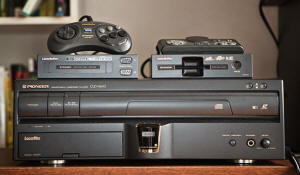 |
The Pioneer LaserActive used add-on devices called LD-ROM packs. Each pack retailed from $400 to $600 dollars. The first pack released was the Mega-LD pack that was developed in conjunction with Sega
Enterprises. This pack allowed you to play 8 and 12-inch LaserActive Mega-LD disks, Sega CDs, Genesis carts, and CD+G discs. The pack
came with the Mega-LD game Pyramid Patrol and the four-in-one game CD that contained Revenge of Shinobi, Golden Axe, Streets of Rage
and Columns.
The LD-ROM2 pack was developed in conjunction with NEC Home Electronics. This pack could play 8 and 12-inch LaserActive LD-ROM2 discs,
NEC CD-ROM2 discs, Super CD discs, HuCard games, and CD+G discs. The package came with Econosaurus and the 4-in-1 CD that contained
Gate of Thunder, Bonk's Adventure, Bonk's Revenge and Bomberman. The only other software known to be released for each of the packs
were Space Berserker, and High Roller for the Mega-LD, Vajra and Manhattan Requiem for the LD-ROM2.
The LaserActive has garnered a cult following and goes down as one of the most expensive console hybrids in recent history. |
|
|
 HANDS ON REVIEW HANDS ON REVIEW
by Marriott_Guy |
As stated in previous reviews, the drive for many hardware manufacturers was all about producing an all-inclusive multimedia device.
In 1993, Pioneer entered the foray with the release of the LaserActive. Competing directly with Panasonic (3DO) and the Philips
(CD-i), Pioneer upped the ante in this genre by basing their system on Laserdisc technology (the precursor to the DVD format).
At the time, the LaserActive was the closest system to deliver a product that did meet most of the multimedia demands of the consumer
- movies, games, karaoke, music, edutainment - all presented in the best audio\video quality available. The system has another
feather in its cap - it was one of the very few truly multi-platform units released (ala Dina 2-in-one).
Describing the physical characteristics of Pioneer LaserActive can be summed up in one word - a behemoth. This system is
definitely one of the largest video game console ever released (second only to the RDI Halcyon). Weighing in at 25 lbs and
measuring 6" H x 17" W x 15" D, this beast truly stands out in any display. A durable hard plastic front casing elegantly
displays the various system controls. The chassis itself is made of sturdy steel with multiple air vents to allow plenty of
ventilation (definitely required when firing up this system). The somewhat conservative, though modern, facing features large
soft-button controls, two (2) media trays (one for Laserdiscs, the other for standard CDs) and a large, cavernous rectangular hole to
the bottom left - the modular housing. |

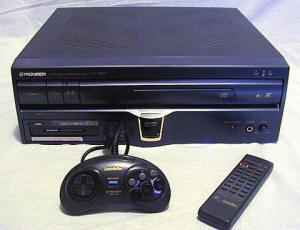 |
The LaserActive could not play games as a stand alone system - it requires expansion modules called PAC units. The following is a list
of the modules that were released (US release \ Japan release) and their respective description:
- Sega PAC (PAC-S10 \ PAC-S1) : Allows play of any Sega Genesis, Sega CD, Mega LDs (specifically designed Sega games release on the
Laserdisc format) games and CD+G discs. Formally known as the Mega-LD pack.
- NEC PAC (PAC-N10 \ PAC-N1) : Allows play of and NEC CD-ROM2\Super CD\HuCards, Mega LD-ROM2 discs (specifically designed NEC games
released on the Laserdisc format) games, along with supporting CD+G discs.
- Karaoke PAC (PAC-K10 \ PAC-K1) : Supports play of Laserkaraoke titles
- Computer Interface PAC (PAC-PC1) : Allowed remote control of the LaserActive via a PC or Mac computer
- 3D Goggles (GOL-1) : Used for the few 3D games that were released for this system. Also required, but sold
separately, is the 3D Adapter (ADP-1).
The modules slide into the system on the left hand, bottom side of the main LaserActive system. The power must be turned off when
switching out expansion PACs. There is a manual eject button that resides on the front of the unit that facilitates this function. Inserting modules into the system is rather delicate, or so it feels. They do snap into place firmly, but the weight alone of the PAC
units tends to make one a bit cautious while doing so. The two game PACs came with the appropriate, Pioneer logo-stamped game
controller (Sega\NEC). |
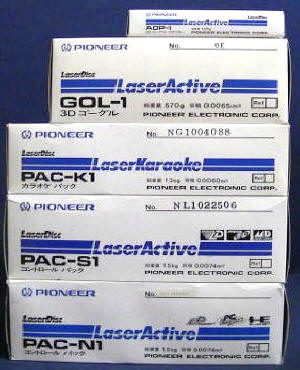 |
With the respective module (Sega\NEC), games were presented identically to their parent system. The specifically designed Laserdisc
games for each system were graphically superior but lack the control delivered on similar games on the original systems. Also,
releases on the Laserdisc format (LD-ROMs) are high maintenance. The discs are huge (12" in diameter) and about 7 times as thick as a
standard CD - this equates to a higher drop/scratch rate when simply inserting a disc into the system for play. There were around 20
LD-ROM game releases for the Sega PAC module; 9 for the NEC PAC.
To purchase one of these systems in 1993 required a substantial amount of disposable income. The going price at the time - $970 USD (roughly $2,000 in today's dollars)! Now, bear with me, this price would only net
you a system that could play movies/music - forget about playing games. The Sega or NEC PAC expansion pack will cost another $600 -
each! Feel like singing along to your favorite tune and controlling your LaserActive from your PC - tack on another $700 ($350 each). All told, to be able to enjoy your existing Sega and NEC library,
practicing for the next American Idol and controlling your new purchase via PC (who wants to do this anyway) would have cost you roughly $2,900 in 1993 ($4,500 in today's dollars). If you
wanted any of the slick LD-ROM games you had to fork over another $120 per game! Obviously, this alienated 99% of the buying public. Why buy one of these when you could collectively buy the components you really wanted for a lot less? The Pioneer LaserActive is the
second highest priced video game console of all time (once again, right behind the RDI Halcyon).
The Pioneer LaserActive is a cool system to own, but only for the true console collector. The console initially failed on a number of
levels - pricing, target audience and lack of promotion. Overall shipping prices are high due to the weight and dimensions of this
system. The US version is more rare compared to the model released in Japan (both are identical in terms of technology). |
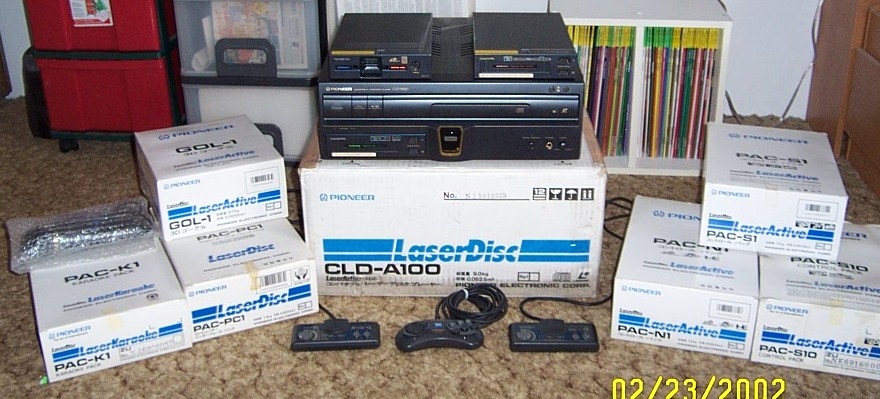
Vince's CIB awesome LaserActive Hardware Collection. That is just pure heaven!
|
 MODELS MODELS
Officially licensed releases |
|
Pioneer LaserActive CLD-A100 |
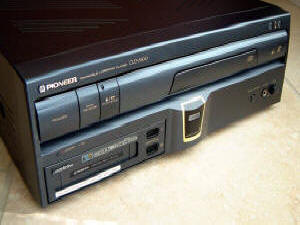 |
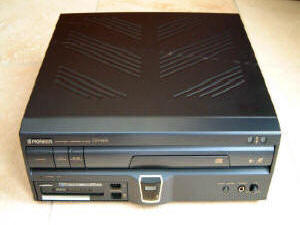 |
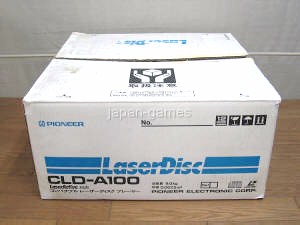 |
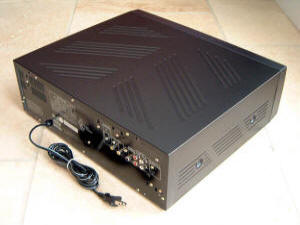 |
 |
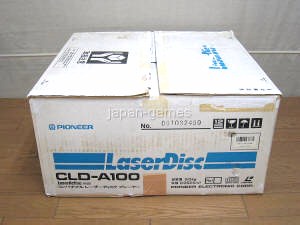 |
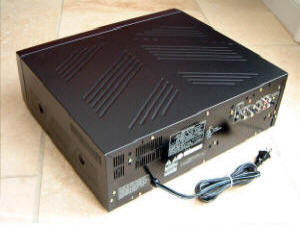 |
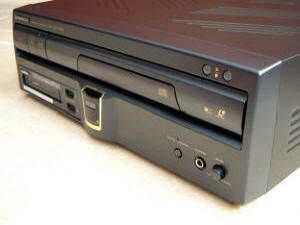 |
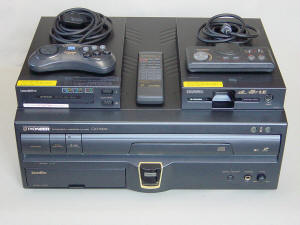 |
|
|
NEC PCE-LD1 |
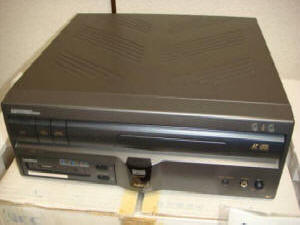 |
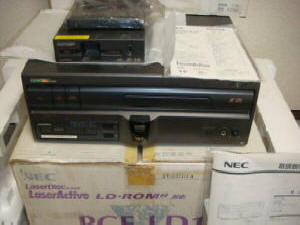 |
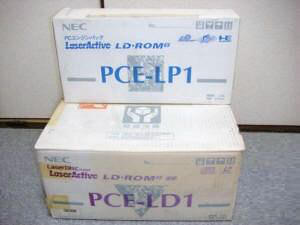 |
|
| Sega PAC (PAC-S1 / PAC-S10) |
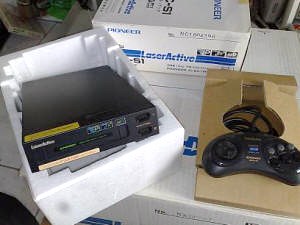 |
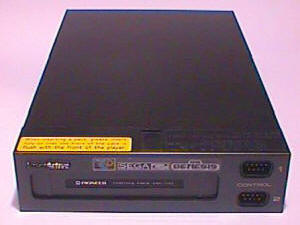 |
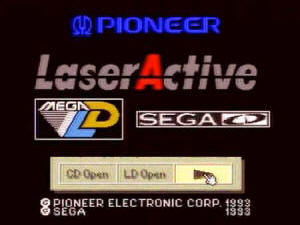 |
|
| NEC PAC (PAC-N1 / PAC-N10) |
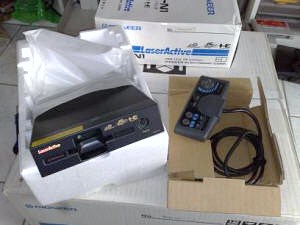 |
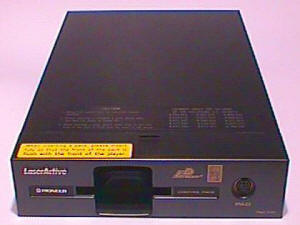 |
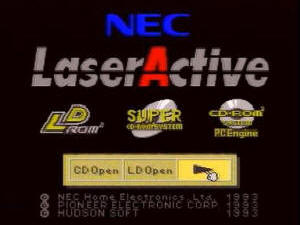 |
|
| Karaoke PAC (PAC-K1 / PAC-K10) |
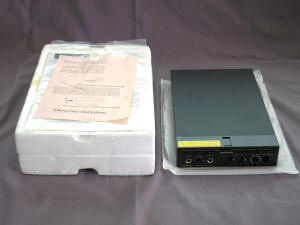 |
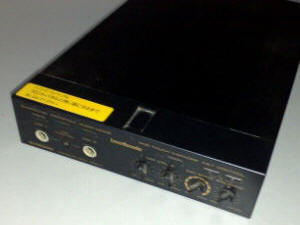 |
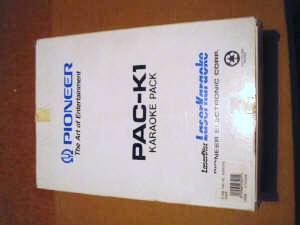 |
|
| 3D Goggles (GOL-1) & Adapter (ADP-1) |
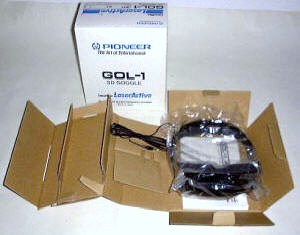 |
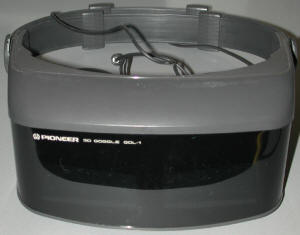 |
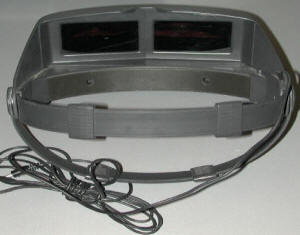 |
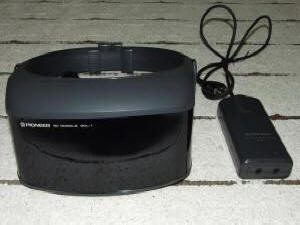 |
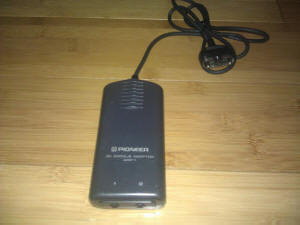 |
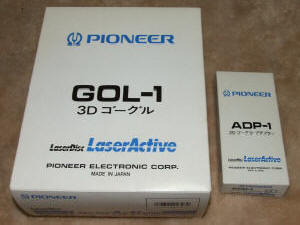 |
|
| Computer Interface (PAC-PC1) |
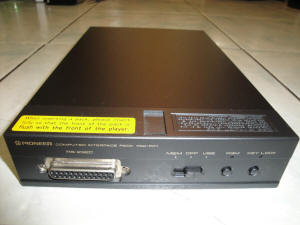 |
 |
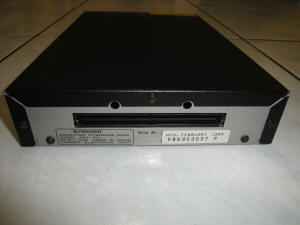
|
|
|
 CLONES CLONES
Non-licensed hardware releases |
No clones were released for this system.
|
 CONSOLE RATINGS CONSOLE RATINGS
by Marriott_Guy |
|
Consoles are rated based upon the available technology at the time of its release. A 10 point scale is utilized, with 10 being
excellent. |
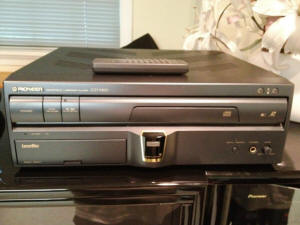
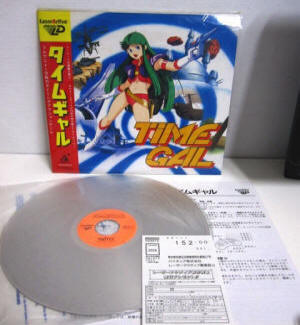
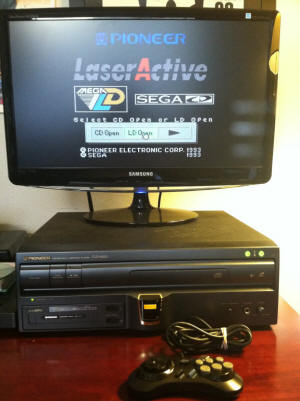 |
| CRITERIA |
RATING |
NOTES & COMMENTS |
| Console Design |
07 |
The LaserActive is truly a
beast and will dwarf basically any gaming system in a collection. Since it was designed to be a multimedia home
appliance, the chassis is quite industrial in appearance and built purely for function. All ports and controls and
very accessible. |
| Console Durability |
04 |
Like most LD systems, the
laser unit can become defective through time. PAC units fit snugly into the modular housing, but require a little
bit of effort to properly seat them within the main device. Pioneer still provides professional refurbishment
services for the CLD-A100 to this very day. |
| Controllers |
N\A |
Individual PAC units came
with the standard controller for the respective system, through they are rebranded accordingly. The included remote
is nothing special. |
| Graphics |
09 |
Games specifically designed
for the LaserActive truly shine. The LD medium allows for outstanding visuals and smooth animations\FMV sequences. |
| Audio |
09 |
As you would expect from a
device of this nature, sounds effects, music and voice are excellent. |
| Media |
08 |
Though Laser Discs were the
cat's meow back then, they are prone to disc rot (like any other optical medium). When considering the additional
compatibility when utilized with the NEC and Sega Pac unit, the LaserActive was genuinely a multi-format king. |
| Gamer Value |
03 |
While it is true that the
game library is extremely solid, the high price point for even the most common titles does not justify the investment for
the standard gamer. |
| Collector Value |
08 |
These are considered by
most to be a minor Holy Grail in terms of collecting. Be prepared to shell out some serious cash if you intend on
acquiring the system and all of its peripherals (especially the Computer Interface PAC). |
|
 FORMAT, PACKAGING & GENERAL INFO FORMAT, PACKAGING & GENERAL INFO
Interesting facts on software for this system |
Software for the Pioneer LaserActive was distributed on Laserdiscs. The titles are packaged in highly detailed jackets,
almost identical in size to those found in vinyl music recordings. This discs are HUGE in size and rather fragile.
Take care when handling these beasts. An example of a complete game is shown to the right.
There are a number of notable games for this system, with my favorites being Vajra 2, Pyramid Patrol, Rocket Coaster and Hi-Roller
Battle. The Pioneer LaserActive also had a few Idol and adult titles released in Japan during its lifespan. Screen
shots are provided for these but are of the PG-13 nature to keep our site friendly to all.
One of the most interesting titles is Zapping Satsui, an interactive movie which allows you to switch between vantage points of
the main characters on the fly. During certain times during this game, you will have a split-screen displaying the current
happenings from the perspective of multiple characters. Definitely a unique oddity and one to keep an eye out for. |
applemctom's Games that
Defined Compiliation
|
|
Exclusive games and software for this system are somewhat pricey. The nice thing is that the LaserActive system is region
free. This is fine if you plan on purchasing some shooter like Pyramid Patrol, but some titles like J.B. Harold: Blue
Chicago Blues rely heavily upon dialog (English or Japanese). |
|
Complete Library of Pioneer LaserActive LD Games
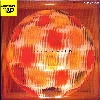 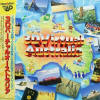 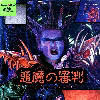  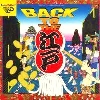   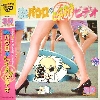
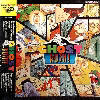 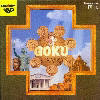 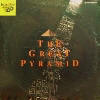 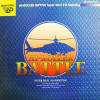 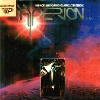 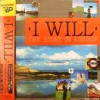 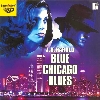 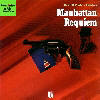
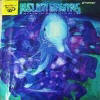 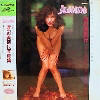  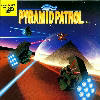 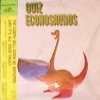 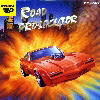 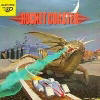 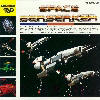
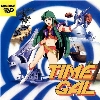 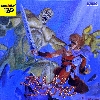 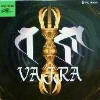 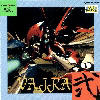 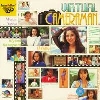 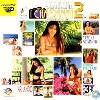 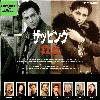
|
|
|
 SCREENSHOTS SCREENSHOTS
Captured in-game images |
3D Museum
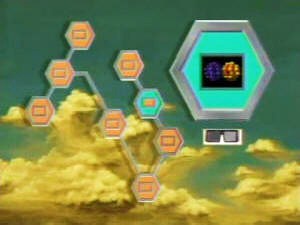
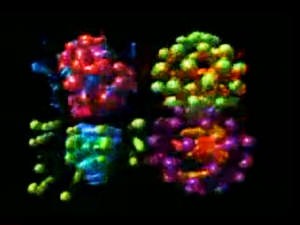 |
Akuma no Shinban
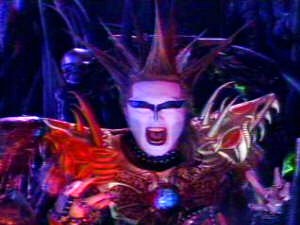
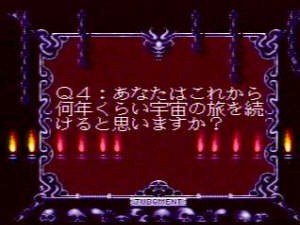 |
Angel Mate
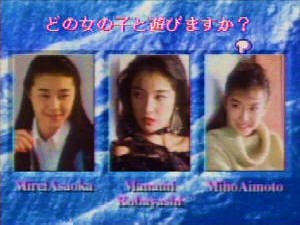
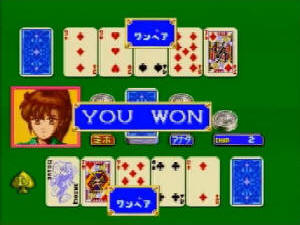 |
Back to the Edo
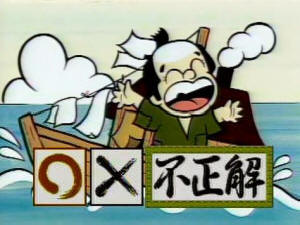
 |
Don Quixote
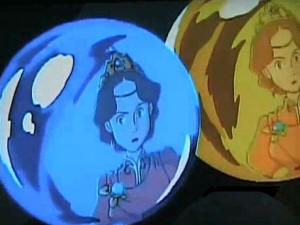
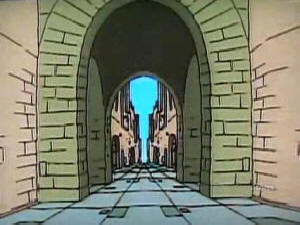 |
Dora Dora Paradise
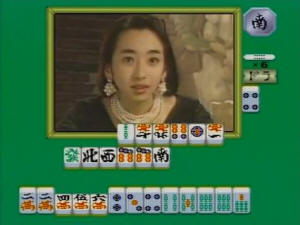
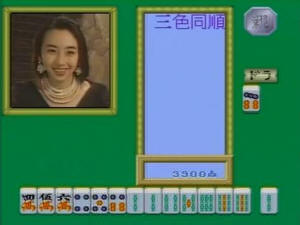 |
Dr. Paolo no Totteoki Video
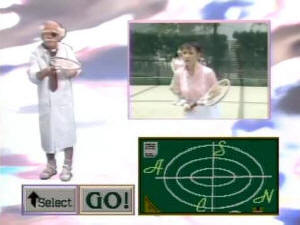
 |
Ghost Rush!
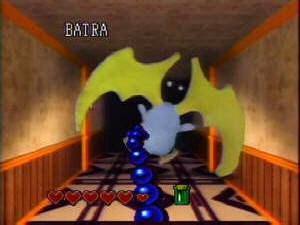
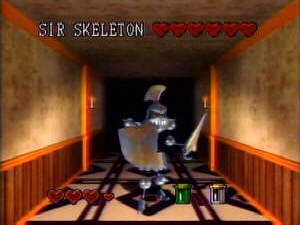 |
Goku
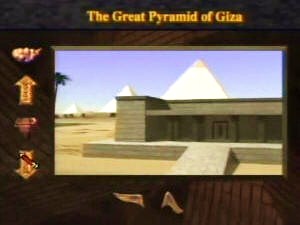
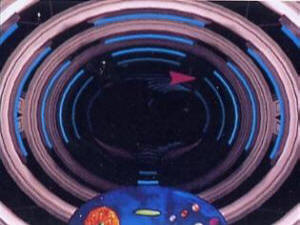 |
Great Pyramid
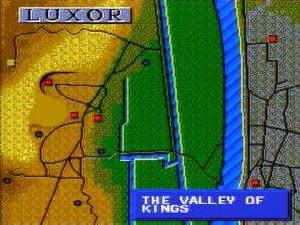
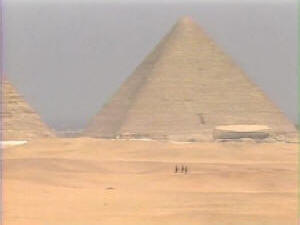 |
Hi-Roller Battle
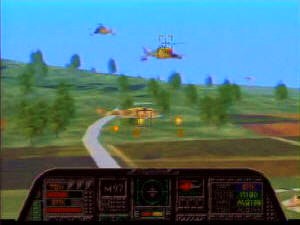
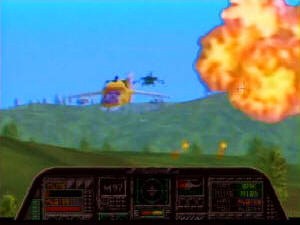 |
Hyperion
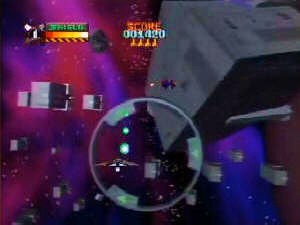
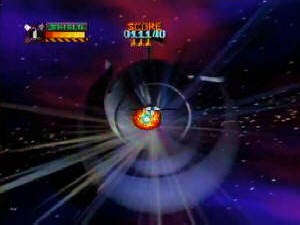 |
I WILL: The Story of London
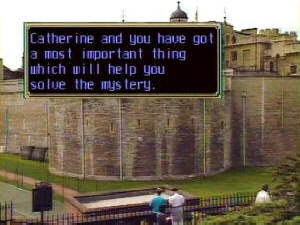
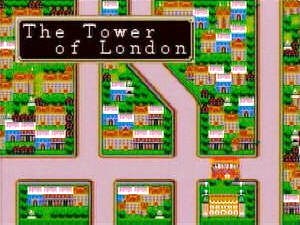 |
J.B. Harold: Blue Chicago Blues
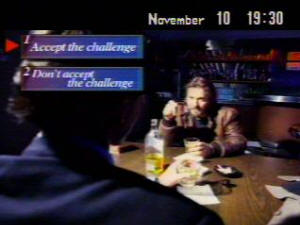
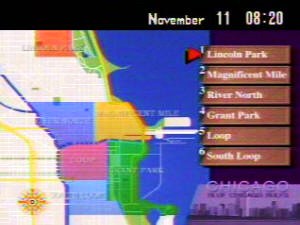 |
J.B. Harold: Manhattan Requiem
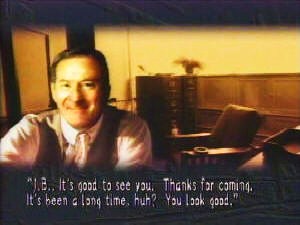
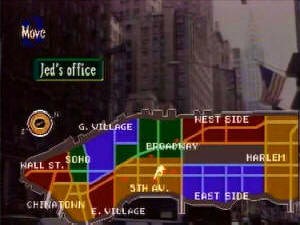 |
Melon Brains
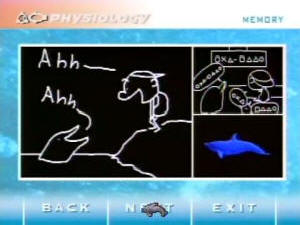
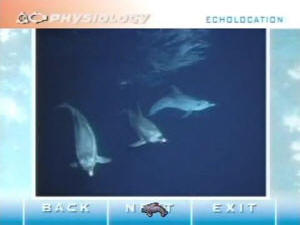 |
Pretty Illusion Collection: Minayo Watanabe
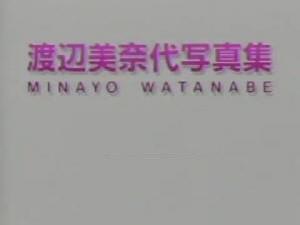
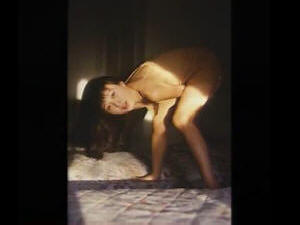 |
Pretty Illusion Collection: Yuko Sakaki
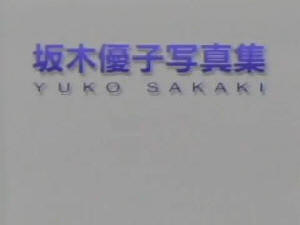
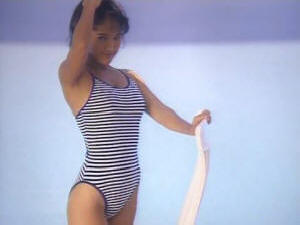 |
Pyramid Patrol
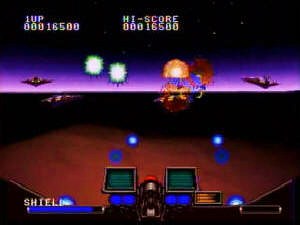
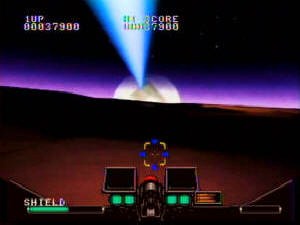 |
Quiz Econosaurus
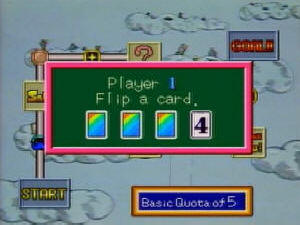
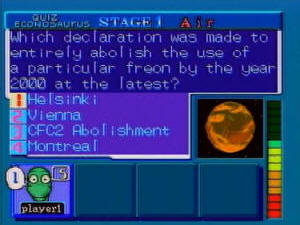 |
Road Prosecutor

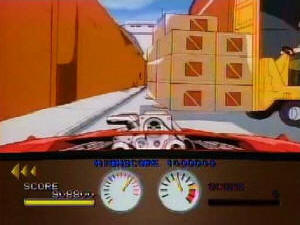 |
Rocket Coaster
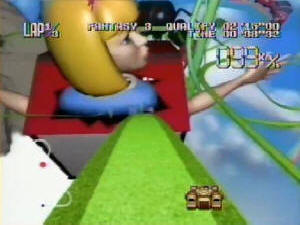
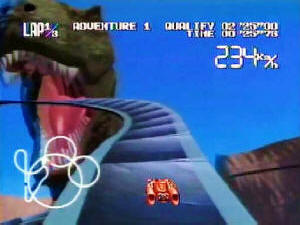 |
Space Berserker
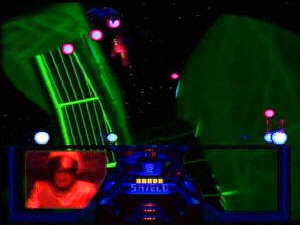
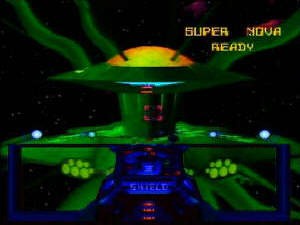 |
Time Gal
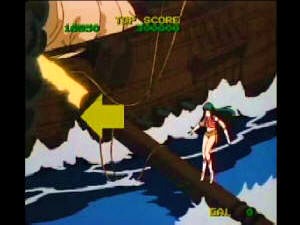
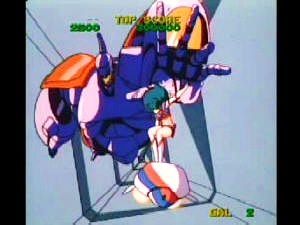 |
Triad Stone
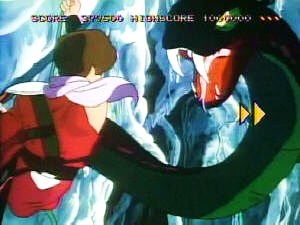
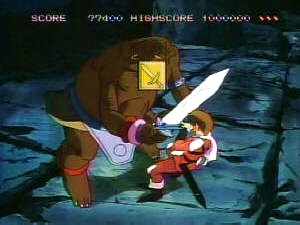 |
Vajra
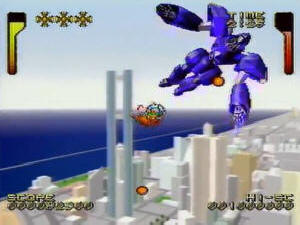
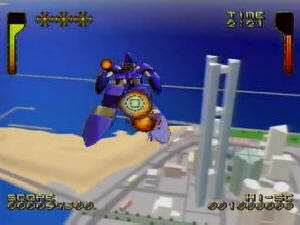 |
Vajra 2
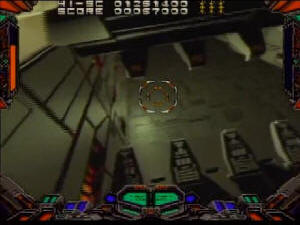
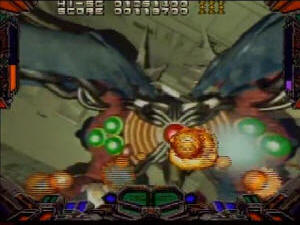 |
Virtual Cameraman

 |
Virtual Cameraman 2

 |
Zapping Satsui
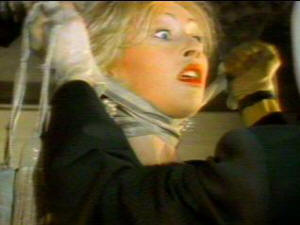
 |
|
|
Pioneer LaserActive Demonstration Discs |
|
These were promotional discs provided to retail outlets to demonstrate the capabilities of the LaserActive system. The
first disc focuses on the hardware itself, along with the various PAC add-on modules while the second features LD games.
Pictures andf information courtesy of
Good Squid Discs
(check out his retro Japanese video games blog). |
|
Disc 1 - Technology & Hardware Tutorials |
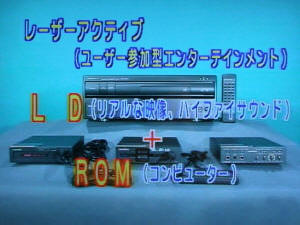 |
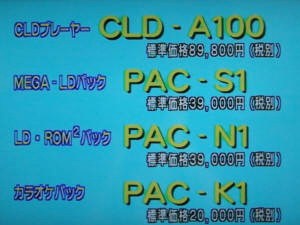 |
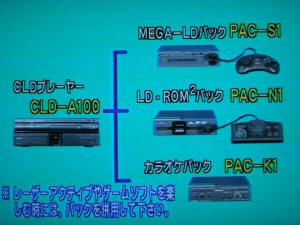 |
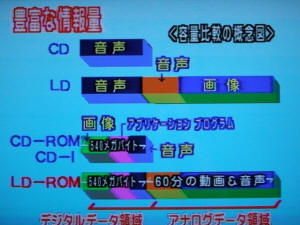 |
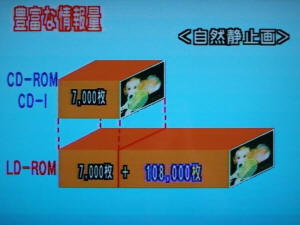 |
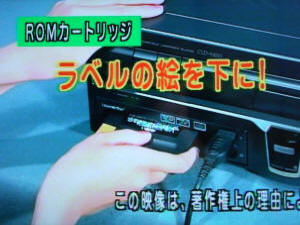 |
|
Disc 2 - Gaming PACs & Demonstration |
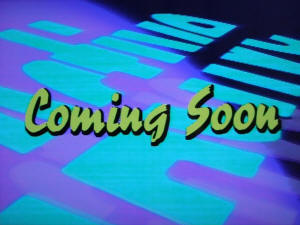 |
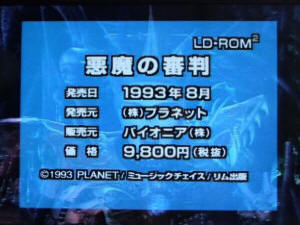 |
 |
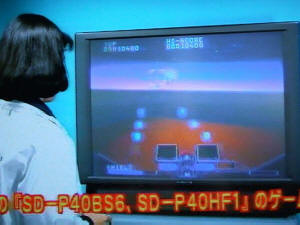 |
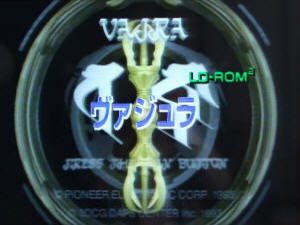 |
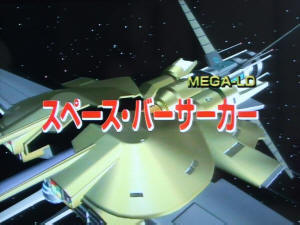
|
|
|
 EMULATION EMULATION
First and third party system emulators |
DAPHNE
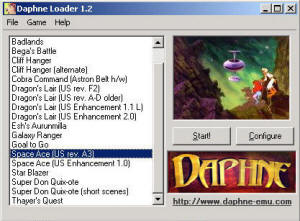 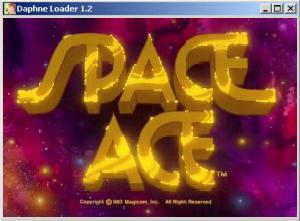
Great emulator capable of running most LD games
|
 SPECS & MANUALS SPECS & MANUALS
For the hardware enthusiasts out there - all the detail you\we love. |
| Processor Type |
Processor
Speed |
Other
Processor Information |
RAM \ Video RAM |
| Unknown |
Unknown |
Unknown |
Unknown |
|
Screen Resolution
|
Color Palette
|
Polygons \ Sprites
|
Audio |
| 560 x 480 |
16.7M colors |
Unknown |
Stereo 16 bit 44 kHz sampled
output\ input |
|
Media Format
|
Media Capacity
|
Games Released
|
Other Supported Formats
|
|
Laserdisc (LD-ROM) |
30-60 Minutes per side / 540 MB data |
31 (LD-ROM games) |
Laserdisc, Audio CD; CD+G, Sega
Genesis, Sega CD, NEC HuCard, NEC CD-ROM2 |
|
Internal Storage
|
External \ Removable Storage
|
Game Controllers
|
Other Game \ Peripheral Devices
|
|
None |
None |
Remote control (standard controllers included with PAC Units) |
3D Goggles |
| Controller Ports |
Network Ports |
Other Ports
|
Audio \ Video
|
|
Two (2) (provided through optional PAC Unit) |
None |
Control I/O (for use with
other compatible Pioneer components), Headphone jack |
Composite,
Optical Audio Out |
|
Power Supply - Internal
|
Other Outputs
|
Other Details \ Notes
|
|
AC 120V, 60Hz |
VHF Adapter Terminal |
PAC Unit(s) required for Sega Genesis\CD
or NEC HuCard\CD-ROM2 compatibility. |
| Manuals |
Pioneer LaserActive Owners Manual (PDF) - 10.7 MB
Pioneer PAC-S10 Owners Manual (PDF) - 0.82 MB +
PAC-S10 Errata (JPG)
Pioneer PAC-S10 Service Manual (PDF) - 0.86 MB
Pioneer PAC-N10 Owners Manual (PDF) - 0.76 MB |
|
 OTHER
MEDIA OTHER
MEDIA
Peripherals, Promotions, Commercials, Brochures, Etc. |
|
Pioneer LaserActive Promotional Videos |
|
|
|
|
|
Courtesy of the LaserActive Preservation Project
|
|
|
Pioneer LaserActive Advertisements |
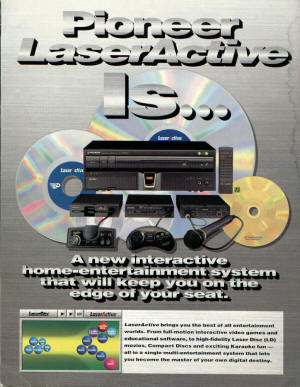 |
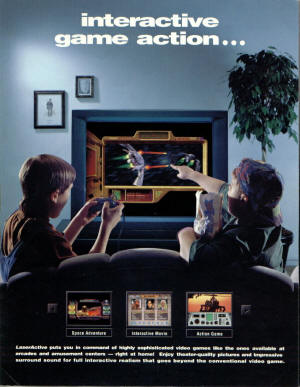 |
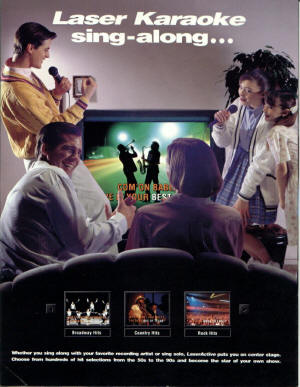 |
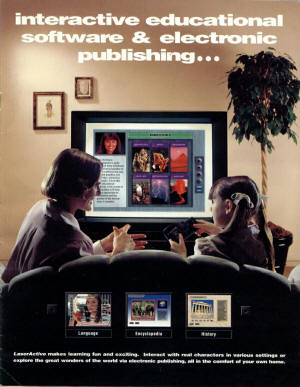 |
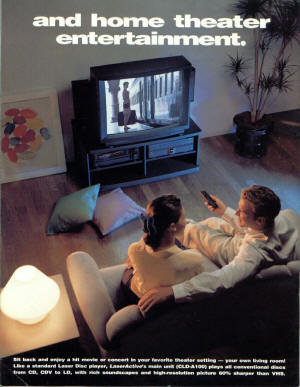 |
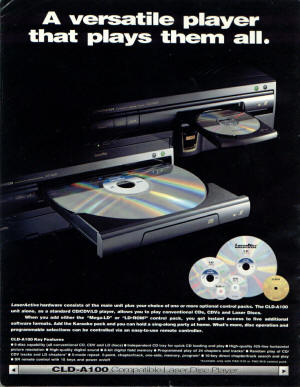 |
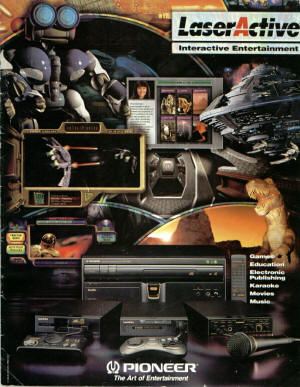 |
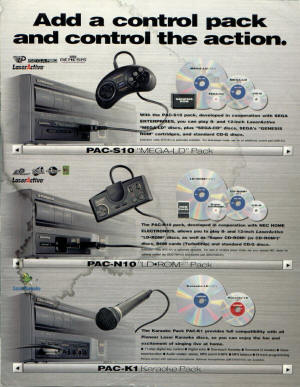 |
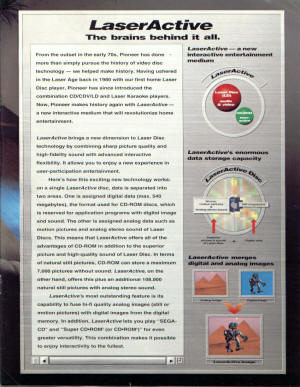
|
|











 2010s - NOTES
2010s - NOTES


 MODELS
MODELS



























 CLONES
CLONES CONSOLE RATINGS
CONSOLE RATINGS


 FORMAT, PACKAGING & GENERAL INFO
FORMAT, PACKAGING & GENERAL INFO






























 SCREENSHOTS
SCREENSHOTS



























































 EMULATION
EMULATION

 SPECS & MANUALS
SPECS & MANUALS OTHER
MEDIA
OTHER
MEDIA








 WEB RESOURCES
WEB RESOURCES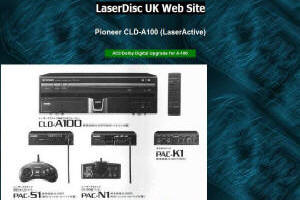
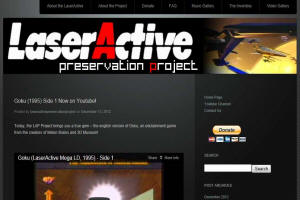
 DISCUSS
DISCUSS